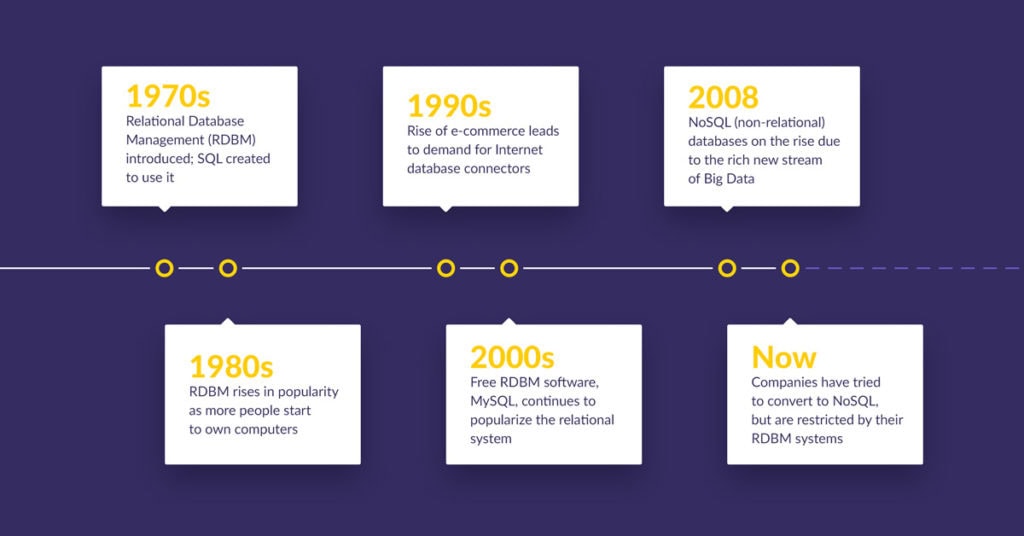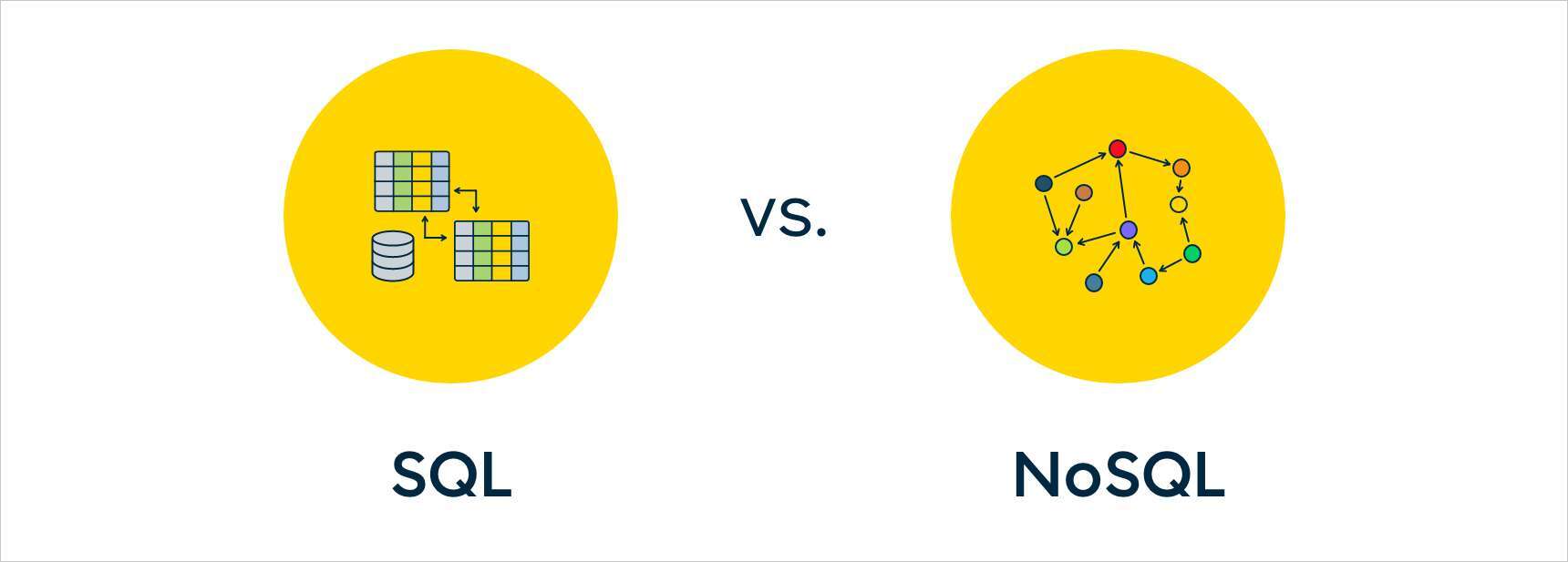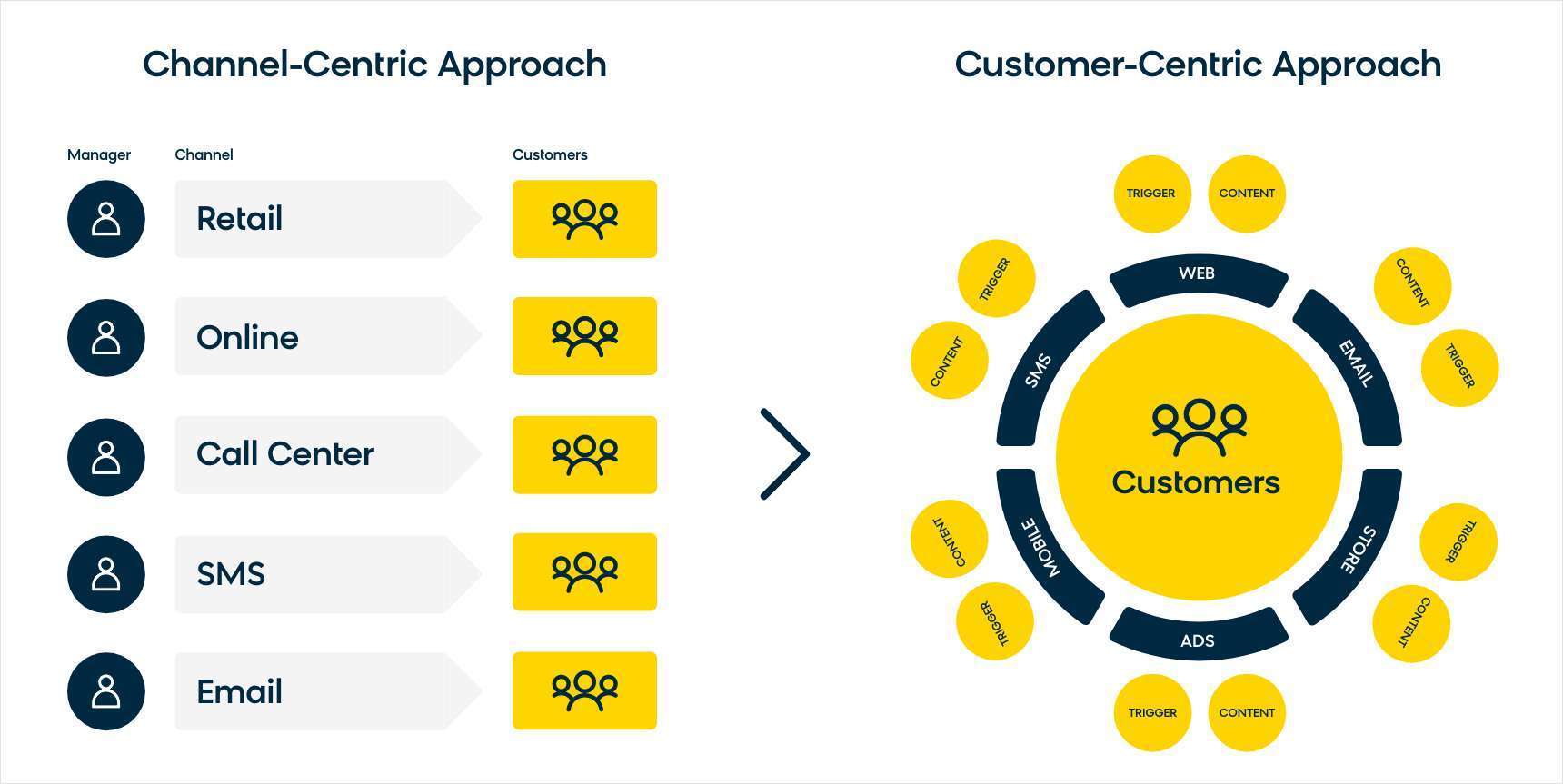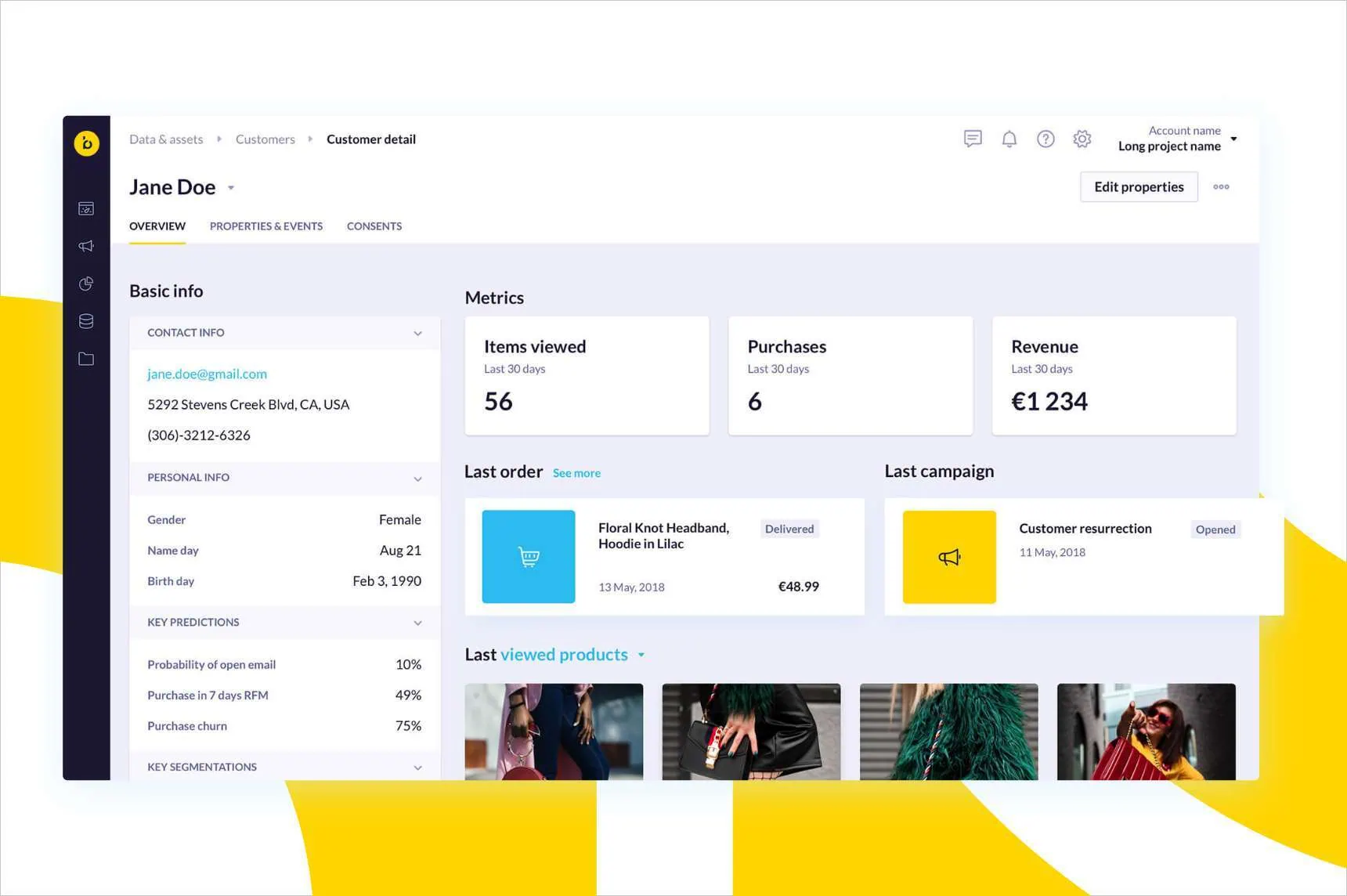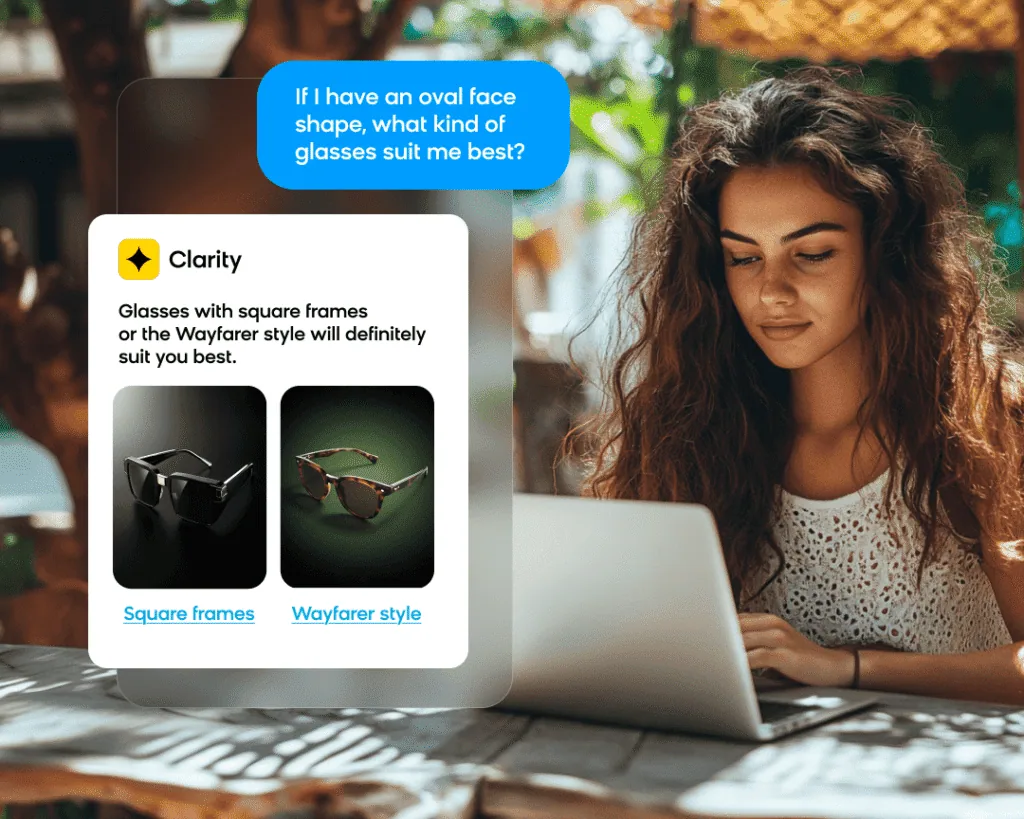The term single customer view (SCV) has been bandied about in marketing circles for over a decade. It’s something that is often referenced and is vital for a business’ marketing and sales efforts.
But mentioning a term isn’t the same as understanding it fully, which many have trouble doing with a SCV. Obtaining a complete view of the customer calls for an immense amount of data collected and organized in the right way, which isn’t an easy thing to do. And with a host of variables that can go into the process (how the data is sourced, identity resolution, the speed of profile updates, etc.) it’s hard to lock down a universal definition that sums it up in a short, simple way.
That’s why we’re diving deep into what a unified customer view is, how your business can use it, and why it is so important for ecommerce businesses to use to optimize the customer journey. Keep reading to learn everything there is to know.
- An SCV is a database with customer profiles (containing accurate data points like their purchase history, site activity, product recommendations, etc.) for every individual person who interacts with your business.
- Single customer view data is used to manage customer segmentation and marketing automation campaigns.
- Your SCV allows you to optimize the customer journey and understand how to personalize marketing communications for customers.
What Is a Single Customer View?
In the age of digital commerce, there’s never been more information for marketers to use to create effective campaigns. But there’s also never been more important data points to keep track of.
With customers shopping and purchasing from multiple different devices and the universal move toward omnichannel communication, a method of cataloging all that data is required for ecommerce businesses.
At its simplest, a single customer view solves this problem — a single customer view is a database with customer profiles (containing accurate data points like their purchase history, site activity, product recommendations, etc.) for every individual person who interacts with your business.
But not all single customer views are created equal. A true single customer view is more than just a customer database that can store customer data. It needs to be scalable, flexible, and updated in real time so your marketing team can offer the best possible customer experience.
That last point is a crucial difference. SCV data is used to enable segmentation and marketing automation — if the system is out of date, your customers could be seeing the wrong messages. Despite this, many companies that claim to offer a single customer view still manage their data with a rigid framework and time-delayed updates, which can be detrimental to marketing efforts.
To fully understand the important need for a unified source of data, let’s break down the different types of data needed to make SCVs work. Then we’ll walk through the history of customer data management that led to the single customer view, the biggest benefits that businesses can get from a holistic view of their customer journey, and actionable examples of a true single customer view in use.
Collecting Customer Data for a Unified Customer View
To create a holistic, unified view of your customers, you need to be able to collect data from a range of sources, including:
- Behavioral data: All the relevant interactions like clicks, preferences and filters picked, and time spent on page that a customer has with your brand. You need data on the categories and products they favor, the products they’ve added to a basket, and the searches they’ve abandoned.
- Customer relationship and offline data sources: This includes all the pertinent personal information, including any data that you might need to complete a purchase or reach your customer through marketing channels. This includes data such as a postal address, telephone number, email address, social media channels, etc.
- Transactional data: This encompasses all the purchases that your customer has made with your business, like products purchased, the volume of each purchase, order values, product returns, and so on.
- Data on GDPR consent acquisitions: Your business is responsible for keeping track of consent management for each customer, ensuring your brand is GDPR-compliant.
Optimizing the Customer Journey With a Single Customer View
With so many different data sets and customer profiles to manage, maintaining a single customer view can be a real challenge for businesses. But there are several benefits to collecting data in a SCV.
A Centralized Place for All Your Data
First, a unified customer view helps to ensure data quality by providing a centralized data repository. Each customer’s data points are directed towards a single, interconnected profile, which makes sure you don’t have siloed data getting lost in the cracks between different marketing channels, touchpoints, and customer interactions.
This can be helpful for businesses that rely on data from multiple sources, especially with multiple channels as well as online and offline data to organize.
A Holistic View of Every Customer
A SCV offers a complete, 360-degree view of your relationship with your customers. This can help inform marketing decisions by providing a complete picture of who they are, what they want, and how they’re connections with your brand can grow with future interactions.
For modern businesses looking to personalize their marketing for their unique audience, a single customer view is crucial. It provides context and insights that can help businesses tailor marketing messages to meet the exact needs of their customers. Without a SCV, truly personalized marketing is next to impossible.
Improved Customer Service
Finally, a SCV can help improve customer service by providing a more complete view of the customer’s interaction with the company. This can help businesses identify opportunities to improve the shopping experience and customer satisfaction.
Overall, collecting data in a single customer view can be beneficial for businesses in terms of data quality, helping brands make more informed marketing decisions and offer prospective customers and loyal patrons the best customer service.
Why Real-Time Data Is Vital for a Single Customer View
To understand the need for a unified customer view and its vital relationship with up-to-the-minute data, let’s take a look at the history of data management and how the digital landscape evolved into the data-rich era we live in now.
The History of Database Management Systems
In the 1970s, when the internet was in its infancy, companies began storing their customer data using relational database management (RDBM) systems. These data warehouse systems allowed companies to store data as individual pieces of information in different fields (first name, last name, customer ID, etc.), and then access that data through SQL queries. As the popularity of computers continued to climb, this method of managing customer information became the standard and fueled better and more targeted marketing campaigns.
The internet continued to grow, and companies continued to invest in their RDBM systems. These systems could still handle the customer information being gathered, and most companies saw no need to change their methods.
That was the case until about 2008, when big data started hitting hard. Suddenly, data was the most important resource for businesses and marketers, and the sheer amount of customer information that could be gathered increased exponentially. The formerly superior RDBM systems could no longer efficiently handle all the details.
The Need for a Single Customer View
The idea of a unified customer view was born then out of necessity. Customer data was far richer and more detailed than ever before. Customers were starting to make purchases from all different directions: in-store sales transactions, purchases on their phones, buying on tablets and PCs. All that customer data was going to different places, often managed by different departments, and even using different software.
There was more and more danger of data duplication and inaccurate data being assigned to customer identities because there was no way to effectively track the customer throughout their lifecycle and communicate with them in a relevant way.
Introduction of NoSQL Databases
Non-relational (NoSQL) databases began to be seen as the best solution to the siloed customer data problem. NoSQL is built to handle large amounts of unstructured data. It’s more flexible, scalable, and faster than SQL when dealing with something like big data.
Unlike SQL, NoSQL systems can track any piece of data at any time, with no need to prepare the structure for it. New data sources can be tracked without the need to set anything up, and the system is much less likely to produce duplicate data.
In short, NoSQL was better for using the data these companies now had access to.
Unfortunately, decades had been spent building relational databases — countless personnel hours and piles of cash — and this widespread system was now showing its limitations. In addition to the previously mentioned issues of collecting more detailed data and customers that connect through multiple devices, all methods for the company to interact with customers were disconnected as well. Customer relationship management (CRM) systems were in one data silo, email management was in another, analytics in a third, and on and on.
The legacy companies that had invested early on in relational database management (Oracle, IBM, Emarsys) were now at a disadvantage. With all the time and money spent on their now out-of-date RDBM systems, they couldn’t just start over from scratch.
Instead, they tried to convert their relational databases into non-relational databases (NoSQL). This required pushing together a number of different data silos and pointing them all in the direction of the customer, hardcoding something that looks like a single customer view but doesn’t function with the same flexibility or speed.
How Did Bloomreach Solve the Single Customer View?
Bloomreach acquired Exponea in 2021 and now offers the world’s #1 Commerce Experience Cloud.
Rather than altering existing tech to face a new problem, Bloomreach had the opportunity to look at the problem first, then create the tech around it. As soon as a customer interacts with your company, you need to qualify them and take action in that exact moment.
This approach allowed Bloomreach to create a truly customer-centric system: an all-in-one customer data platform built around NoSQL, rather than one adapted to work around the limitations of relational datadabes.
Bloomreach Engagement allows businesses to collect all customer data relevant for activation in a single place so you can power personalization efforts across the entire customer journey.
No matter what data point you gain — whether it’s on-site data, back-end data, offline data, calculated metrics, or predicted future data — your single customer view reflects customer behavior with your brand. It’s the key to utilizing customer insights, segments, and attributes in real time and creating personalized experiences at scale.
Bloomreach Engagement brings the essential marketing tools together with this unique 360-degree customer view. You get a CRM system, email management platform, campaign building and automation capabilities, real-time predictions, analytics, and more, all available within one dashboard.
Plus, the same data that powers all your efforts is constantly updating — so fast that you can actually watch a customer profile update itself as the customer clicks around.
But it’s not just about speed. The flexibility of this customer-centric system, built around NoSQL and using an in-memory framework, creates new opportunities for communicating with customers. With a system parsing each individual action that every customer takes in real time, Bloomreach has developed powerful customer recommendations that adapt and interact with the customer, even as they browse the site.
Picture it like this: with legacy systems, you get dropped in the ocean on a scraped-together raft made from what’s floating around you. It keeps you from drowning for now, but it’s not ideal.
With Bloomreach Engagement, you’re on a boat designed for the ocean. Not only does it keep you afloat, it’s the optimal method for navigating the seas.
Finally, another advantage of an all-in-one platform is how quickly the software can be implemented. Bloomreach’s basic software can be set up and running within days. The most barebones version can be installed in minutes, as it only requires a single code integration.
Compare that to the weeks or months required to integrate all the disparate parts of a legacy company and it’s easy to see the full benefits of Bloomreach Engagement.
Understanding a Single Customer View
- In the simplest sense, a single customer view is a database of customer profiles (one for every user) composed of purchase history, site activity, product recommendations, etc.
- A true single customer view is a valuable resource, letting businesses utilize real-time data to enable personalized customer journeys, detailed segmentation, advanced predictive analytics, and more.
- NoSQL (non-relational) databases are superior to relational databases when dealing with large sets of detailed data (i.e., big data).
- Not all single customer views are equal — most legacy companies run their SCVs on converted relational databases, creating a slower, less-flexible single customer view than one built around a NoSQL database from the beginning.
- Bloomreach Engagement‘s single customer view is built around NoSQL. It’s flexible, updates in real time, and combines CRM, email management, campaign building and automation, real-time predictions, analytics, and more into one main dashboard. It will allow you to personalize customer experiences for your valued consumers.
With the power of a single customer view, your marketing efforts can offer the one-to-one personalization that today’s customers crave from their favorite businesses. It’s an essential tool for any digital marketer looking to get ahead in the modern digital landscape.
Read This Next: Ecommerce Personalization: Your Complete Guide


